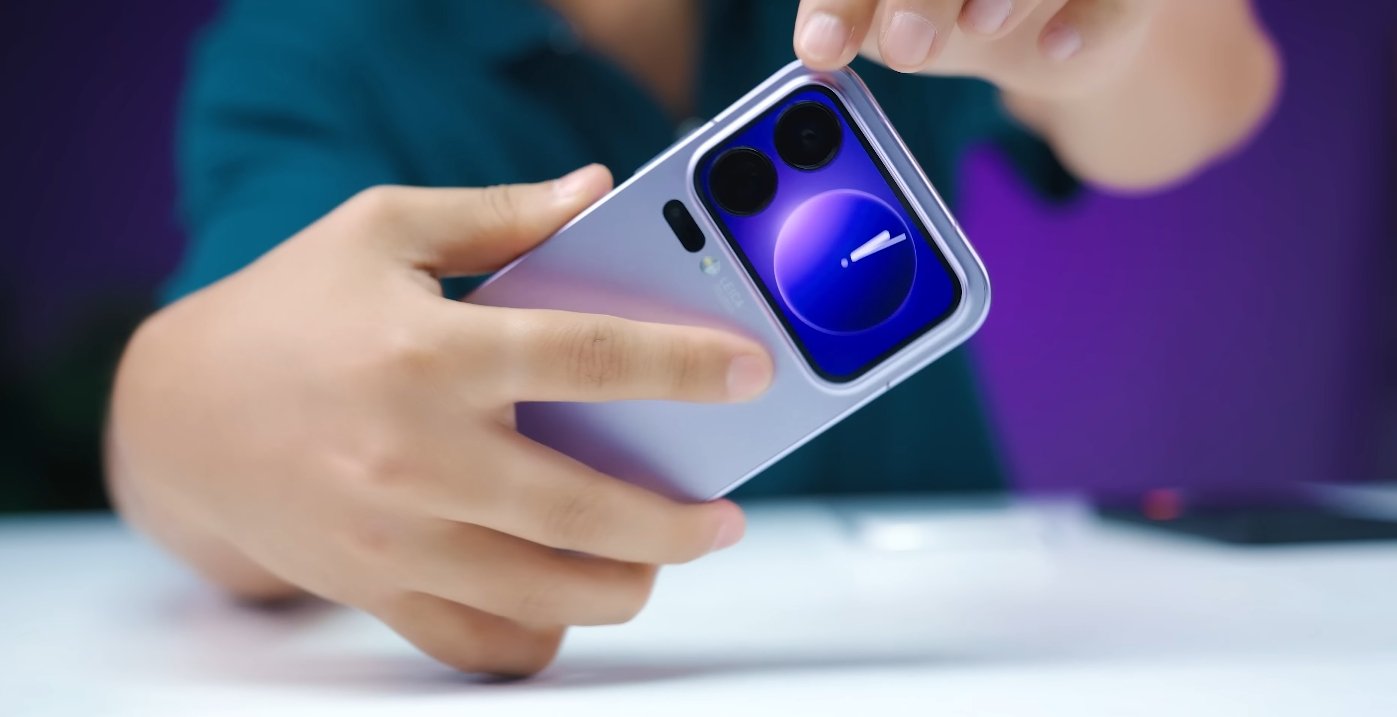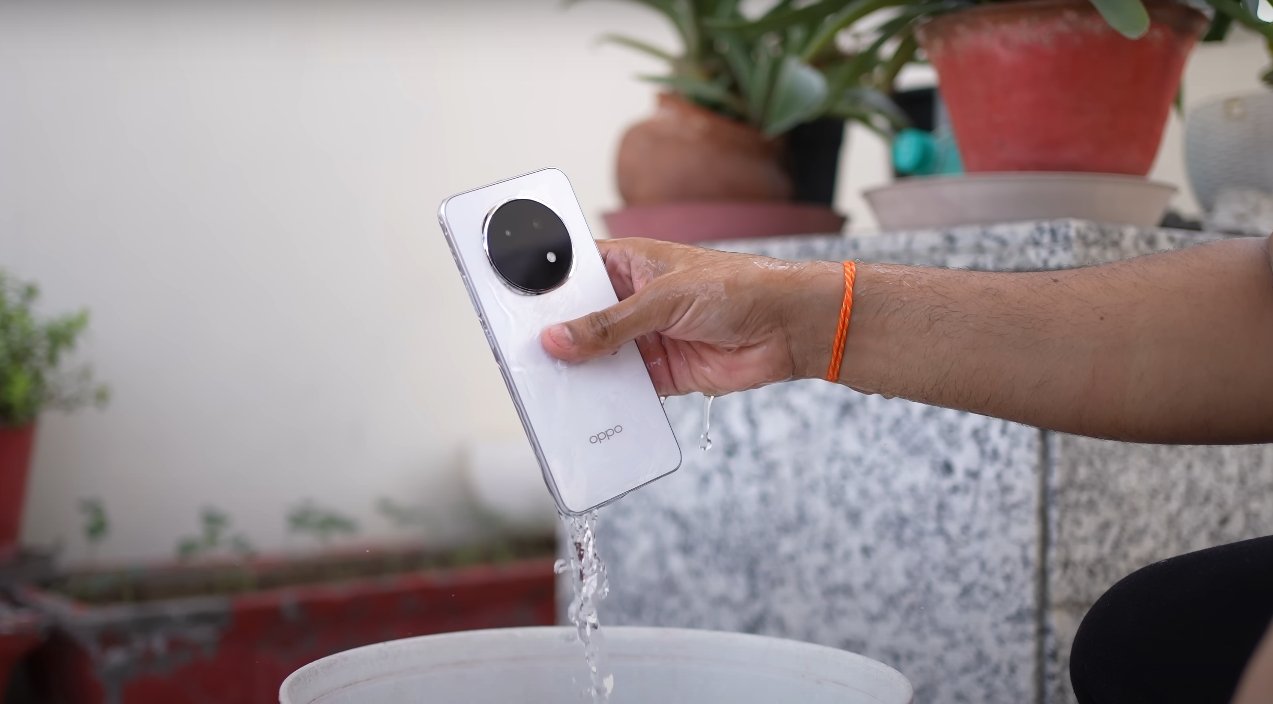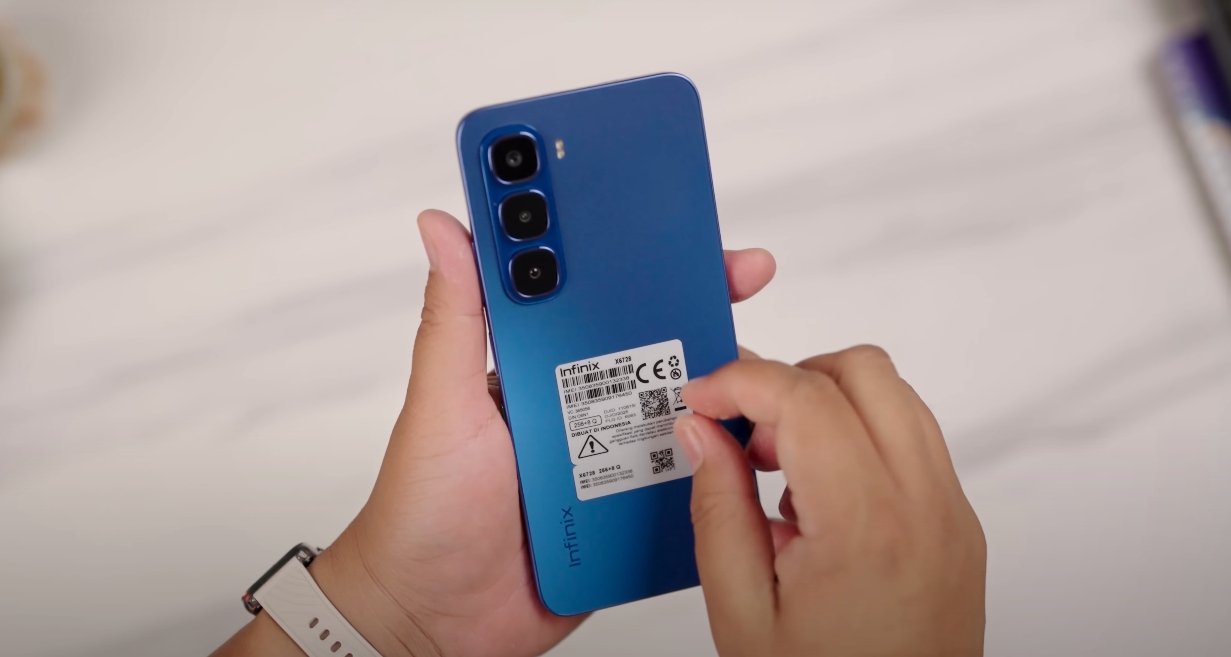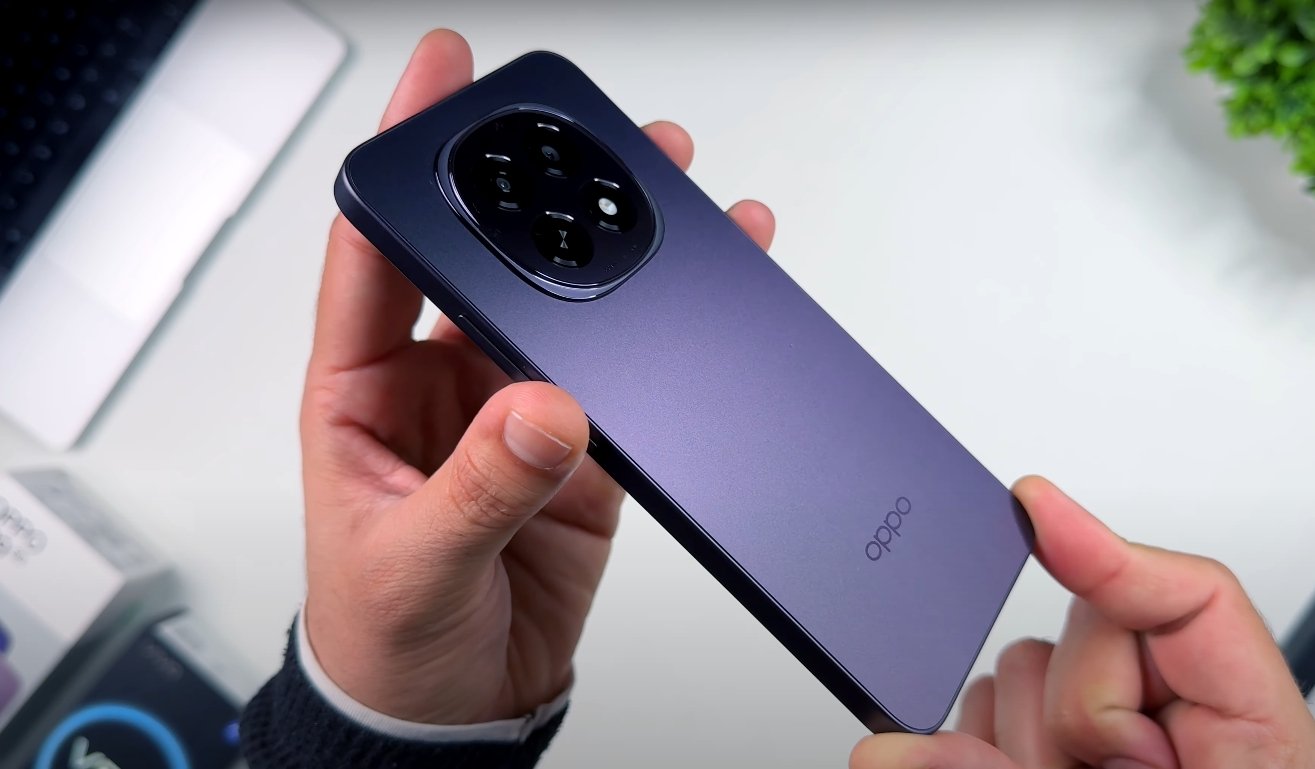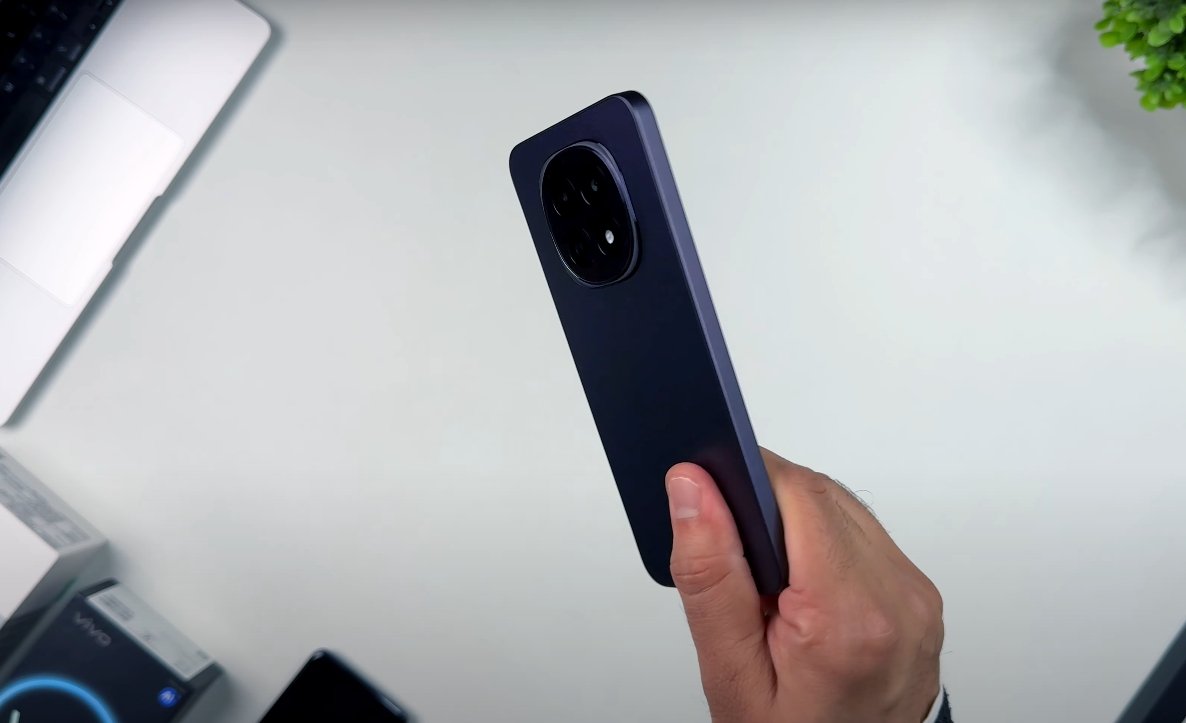Flagship Speed Showdown Between Two Power Giants
The competition between Xiaomi and OnePlus has reached new heights with the launch of the Xiaomi 17 Pro Max and OnePlus 13 Ultra. Both smartphones represent the pinnacle of Android engineering, offering next-generation chipsets, high refresh rate displays, and top-tier performance aimed at power users. The performance comparison between these two flagships reveals how each brand approaches speed, efficiency, and long-term stability.
At the heart of the Xiaomi 17 Pro Max lies Qualcomm’s latest Snapdragon 8 Elite Gen 5 processor, a 3nm powerhouse designed to deliver exceptional speed while maintaining efficiency. The chipset combines high-performance CPU cores and the Adreno 840 GPU, enabling the device to handle demanding tasks with ease. Xiaomi’s implementation is complemented by up to 16GB of LPDDR5X RAM and 1TB of UFS 4.1 storage. This combination ensures lightning-fast app loading, smooth transitions, and effortless multitasking. Early performance tests have shown that the 17 Pro Max can sustain top-tier frame rates even during intense gaming sessions, with minimal throttling or heat buildup.
In comparison, the OnePlus 13 Ultra uses the Snapdragon 8 Gen 4 processor paired with up to 24GB of RAM and 1TB of UFS 4.0 storage. While slightly older in architecture, this chipset remains a powerhouse in its own right. The phone’s optimization through OxygenOS ensures that performance remains fluid across daily tasks, from camera use to social media and heavy gaming. The extra RAM capacity allows OnePlus to keep more apps active in memory, which is a noticeable advantage for users who frequently switch between resource-heavy applications. However, in terms of sustained performance and efficiency, the Xiaomi 17 Pro Max’s newer 3nm chipset provides better power management and thermal control.
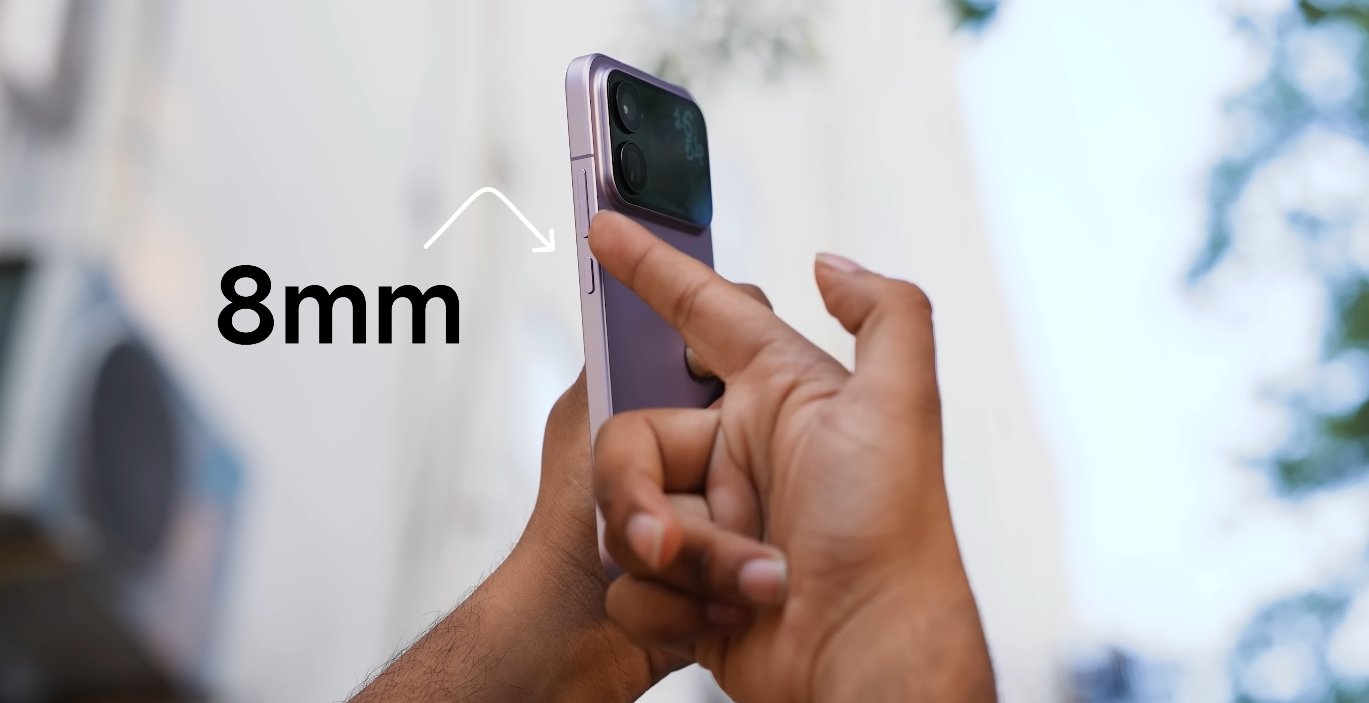
Gaming performance is a key highlight for both devices. On high-end titles like Genshin Impact and Call of Duty Mobile, both phones deliver consistent 120fps gameplay thanks to their advanced cooling systems and high refresh rate AMOLED panels. The Xiaomi 17 Pro Max, with its slightly more efficient GPU and adaptive performance tuning, manages to stay cooler during extended sessions. The OnePlus 13 Ultra also performs admirably, but after 30 minutes of heavy gaming, slight thermal throttling begins to appear, leading to minor frame dips. This difference, while not dramatic, shows Xiaomi’s improved thermal design gives it an upper hand for long-duration gaming or heavy performance usage.
Battery performance further separates the two. The Xiaomi 17 Pro Max packs a massive 7,500mAh cell with 100W wired and 50W wireless charging. This capacity not only supports long gaming sessions and 5G connectivity but also ensures that users can go a full day without worrying about recharging. On the other hand, the OnePlus 13 Ultra features a 6,000mAh battery with the same 100W wired charging speed but slightly less endurance under continuous load. Real-world use suggests Xiaomi’s efficiency gains from the 3nm chip and larger cell deliver an extra 1.5 to 2 hours of active use, especially during heavy media consumption or performance-intensive workloads.
When it comes to multitasking and daily performance, both smartphones excel. The OnePlus 13 Ultra benefits from its massive RAM, keeping dozens of background apps ready for instant use. OxygenOS’s lightweight design ensures minimal resource consumption, maintaining speed and responsiveness. Xiaomi’s HyperOS, running on the 17 Pro Max, is equally refined, emphasizing smooth animations and fast app transitions. However, the UFS 4.1 storage in Xiaomi’s model gives it a slight advantage in read and write speeds, which becomes evident when transferring large files or opening complex applications like video editors or games.
Thermal management has always been a defining factor for flagship phones, and both brands have improved significantly. Xiaomi uses a vapor cooling chamber that spreads heat more efficiently, keeping the surface temperature moderate even during heavy workloads. The OnePlus 13 Ultra employs a dual vapor cooling system that performs well initially but tends to warm up slightly more under sustained stress. In everyday use, both remain comfortable to hold, but Xiaomi shows better sustained performance due to its consistent cooling behavior and lower power consumption.
In overall performance analysis, the Xiaomi 17 Pro Max emerges as the slightly stronger performer. Its combination of a newer chipset, advanced GPU, UFS 4.1 storage, and larger battery gives it a small but meaningful edge in sustained speed and efficiency. The OnePlus 13 Ultra, however, still offers an incredibly smooth experience and shines in multitasking due to its high RAM capacity and polished OxygenOS optimization. For users who prioritize long gaming sessions, thermal stability, and battery life, Xiaomi’s 17 Pro Max is the more capable device. Those who prefer seamless multitasking, sleek software, and consistent day-to-day speed may find the OnePlus 13 Ultra equally satisfying.
Ultimately, both phones are champions in their own right. The Xiaomi 17 Pro Max pushes the boundaries of hardware power and endurance, while the OnePlus 13 Ultra refines the user experience with balanced performance and superior memory management. The final choice depends on user preference—pure power and longevity lean toward Xiaomi, while clean performance and multitasking efficiency favor OnePlus. Either way, both represent the pinnacle of flagship Android performance in 2025, proving that competition continues to drive innovation forward.
